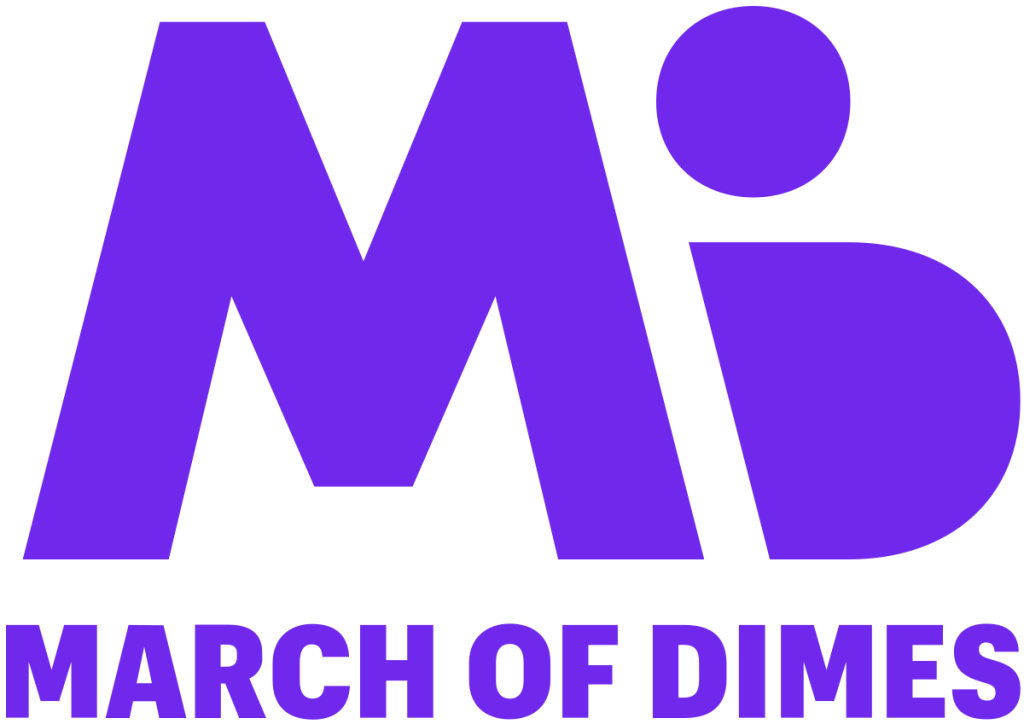Variation Among Feeding Practices in Preterm Infants
By: Justine Levesque, Clinical Analyst

Currently, these answers remain unknown, and these unknowns consume the world of neonatology. Physicians hold differing opinions and hospital systems approach care differently. At this day and time, this variability is most easily seen through the comparison of feeding practices and protocols across hospitals. Some hospitals simply lack standardized feeding practices, others adopt protocols from more prestigious hospitals, and the most well-funded find themselves delving into research to learn how to best nourish these babies. While one can assume that better-funded hospitals would provide better care to preterm infants, there is still extensive variation among such hospitals. In the following analysis, we will review the published feeding protocols at five top-tier Neonatal Intensive Care Units (NICUs), referred to as A, B, C, D, and E, to grasp a better understanding of feeding guidelines.
Feeding According to Cohort
At the basis of all feeding practices lies the binning of infants, by birth weight or gestational age (GA) at birth, to provide a level of standardized care. Once the bin is established, feeding volume rates and advancements are assigned accordingly. Most hospitals have established approximately five groups in which to place infants, such as those born <1000 grams, 1001-1500 grams, and so forth. A similar grouping occurs when the breakdown is done via GA, creating groups such as those born <26 weeks, those from 26-29 weeks, etc. We must question, though, is one a better metric than the other? Is it more beneficial for a 27-week infant weighing 900 grams to feed according to the age bin, as they would at hospital D, or the weight bin, as they would at the other hospitals? This remains unknown and very much needs to be determined.
In addition to the discrepancy between binning by weight or GA, discrepancies exist within these categories. Hospitals establish their own breakdowns within these categories, straying further from standardization across NICUs and leading to more variation in nutrition management. Table 1 outlines the variation between three hospitals that feed according to birth weight.
Table 1. Differences in Breakdown of Feeding Bins According to Birth Weight (Grams)
| Hospital A | Hospital C | Hospital E |
| ≤1000 g | ≤750 g | < 600 g |
| 1001 – 1500 g | 751 – 1250 g | 600 – 799 g |
| 1501 – 1800 g | 1251 – 1500 g | 800 – 1249 g |
| 1801 – 2500+ g | 1501 – 2000 g | 1250 – 2000 g |
| 2001 – 2500 g | > 2000 g | |
| > 2500 g |
It is quite apparent that much variation exists; Hospital A’s protocol uses four groups, Hospital C uses six, and Hospital E uses five, all of which bin by very different weights. There is a high probability that if a preterm infant is born at Hospital A, it will receive much different nutrition than it would at C or E solely based on the differences outlined above. While we do not know where this infant would thrive best, this is an area of research that should spark investigation in the near future.
Enteral Feed Volumes
Enteral feeding is the primary mode of nutrient administration for preterm infants. To ensure infants receive adequate milk or formula, goal feeding volumes have been established around 150 mL/kg/day. Building up to this level is not a one-size-fits-all process, though, as the smallest and sickest infants take much longer to reach this milestone. While this fact is known, the fact that the tiniest infants receive very different nutrition at different hospitals is less talked about. If we focus on the tiniest preterm infants, those born under 1000 g, the issue regarding variable practices becomes quite evident. Table 2 explores rates for the first official enteral feed (not including gut priming or trophic feeds) and subsequent increase in rate.
Table 2. First Official Enteral Feed and Advancement Rates
| Hospital A | Hospital B | Hospital C | Hospital D | Hospital E | |
| First Feed (mL/ kg/day) | 10 | 10 – 24 | 15 – 20 | 15* | 10 |
| Advancement (mL/ kg/day) | ↑ 10 after 12 hrs. | ↑ 25-35 after 24 hrs. | ↑ 20 on
Day 4 or 6 |
↑ 15 on
Day 5 |
↑ 10 on
Day 3 |
* Applies to infants born < 26 weeks. Hospital D bins according to GA.
While one could argue that first feed volumes are relatively similar, the advancement schedules must be taken into account. Feeding and nutritional deficits are additive, meaning that under or overnutrition compounds, leading to long-term effects. Using the table above and the lower bounds, after 72 hours, we would see the following feeding rates (mL/kg/day) at respective hospitals: A – 70, B – 85, C – 15, D – 15, and E – 20. It is quite apparent that these feeding rates are not standardized across hospitals; C, D, and E are taking a much more conservative approach, while A and B are taking a more aggressive approach. While controversy exists regarding which approach is best, no such controversy should exist when it comes to saying that preterm infants do not receive standardized care.
Fortification of Enteral Feeds
As we delve into enteral nutrition, we find that the nutritional content is just as important as the volume. Different hospitals set guidelines regarding ideal protein and lipid contents among other minerals and nutrients. To meet the increasing metabolic needs of preterm infants, fortification of human milk to 24 kcal/oz is highly recommended. To no surprise, though, fortification practices have not been standardized. Among the five hospital protocols in review, a division in best practices can be seen. Hospitals A and D begin fortifications once feeding 60 mL/kg/day while Hospitals B and E begin once a rate of 100 mL/kg/day is reached. Hospital C does not state how to handle fortifications in their protocol. Yet again, a consensus needs to be determined in order to properly nourish the most vulnerable preterm infants.
Contraindications and Comorbidities
While feeding protocols have been created to best nourish preterm infants and encourage healthy growth, complications will inevitably appear. Whether this is intubation, feeding intolerance, or necrotizing enterocolitis (NEC), the preterm infant is negatively affected. How will the adverse event be handled, though? This is once again dependent on the hospital and practitioner. While some similarities do exist across protocols, such as the consensus to decrease feed volumes while receiving pressors, the numerical volumes and advancement schedules differ. For other disease states such as NEC, some hospitals have strict feeding protocols, others immediately send the infant NPO (Nil per os meaning “nothing by mouth”), while others take it one day at a time. This differentiation is something that can be seen across numerous comorbidities. Covering the nuances of each disease state would provide further evidence that hospitals have different approaches and that standardized practices are few and far between.
The Takeaway
Preterm infants require some of the most intricate and delicate care the world has to offer, yet optimal feeding practices and nutrition management have yet to be solidified. While the past 50 years have led to great advances in neonatology, opportunity exists for investigation as hospitals still implement their own feeding protocols as they see “best fit.” With an increased awareness of the lack of consensus and collaboration, room remains for improved standardization practices and the development of new technologies to protect and promote life in the world’s most vulnerable population. Through Astarte Medical’s NICUtrition®, the realization of this goal becomes all the more possible. With the ability to import existing feeding protocols, NICUtition® tracks live feedings and growth metrics all while comparing them to the protocol throughout the infant’s stay. This ultimately allows for compliance analysis, benchmarking, and the ability to parse data across different hospital protocols to discern the best nutrition management pathway. With the implementation of such novel software, the world of neonatology is bound to enter into a new stage of research and development, facilitating the improvement of both short and long term outcomes and setting a precedent for the future of preterm infants.




